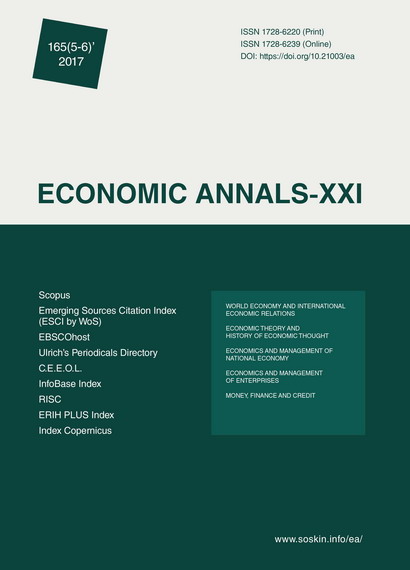Public relations management in the Internet environment
Public relations management in the Internet environment
Author(s): Ján Závadský, Anna Šatanová, Eva HvizdováSubject(s): Economy, Communication studies, Marketing / Advertising
Published by: Institute of Society Transformation
Keywords: Management; Public Relations; PR; Internet Environment; Consumer; E-shop; On-line Shopping;
Summary/Abstract: Introduction. Working with the public is a priority issue for management. It should be not just a one-time act, but long, well planned process. Public relations is a multiform tool for marketing communication, widely used by managers in their business activities. It requires knowledge of marketing, journalism, creativity, and profound knowledge of the Internet environment. In order to keep businesses competitive, it is necessary to invest in the knowledge and skills of managers to upgrade their capabilities to manage relationships with the wide public. In order to understand how the Internet environment transforms views on the business and influences its products, it is important to explore the perception of the Internet environment by the consumers. That is why the purpose of this paper is to examine the views of consumers on the forms and effectiveness of PR on the Internet. Results. We undertook a survey focused on the use of public relations tools in the online environment. It was conducted online in Slovakia from February to March, 2017, and included 357 respondents of different age and social groups. We have established 4 hypotheses. Each hypothesis consisted of a zero and alternative hypotheses. Using correctly selected statistical methods, we sought dependencies among variables based at questionnaire responses. In Hypothesis 1 we examined whether random respondents had knowledge of the concept of «Public Relations», depending on the level of education; in Hypothesis 2 - whether there is dependence between the respondent’s gender and paying attention to online advertising; in Hypothesis 3 - whether there is dependence between work position and the length of time the respondent spends on the Internet; in Hypothesis 4 we found out which factors, including age, affect respondents when they decide to make e-shop purchases. Conclusion. The research results based at the undertaken survey point to the fact that the most powerful factor in making decision on purchase via e-shop is the price of the product, the credibility of the site, and the communication with the vendor through the chat windows together with the connection with age of the respondents. At the same time, gender does not play a significant role in attention to on-line advertising, and job position in perception of consumers does not influence the amount of time they can spend on the Internet. Our findings show direction for PR strategies development in the Internet and indicate areas of prior attention to businessmen.
Journal: Економічний часопис - ХХІ
- Issue Year: 165/2017
- Issue No: 05+06
- Page Range: 124-127
- Page Count: 4
- Language: English

